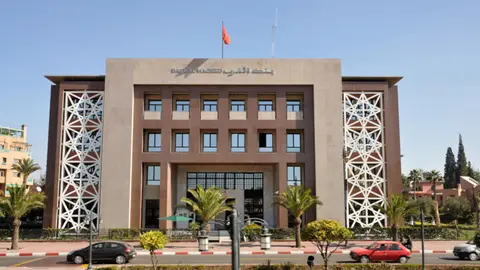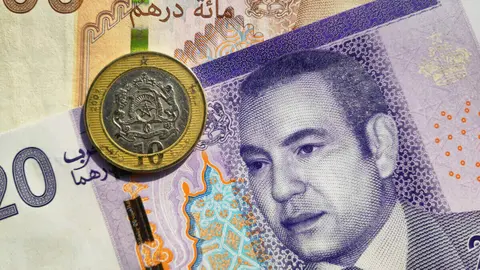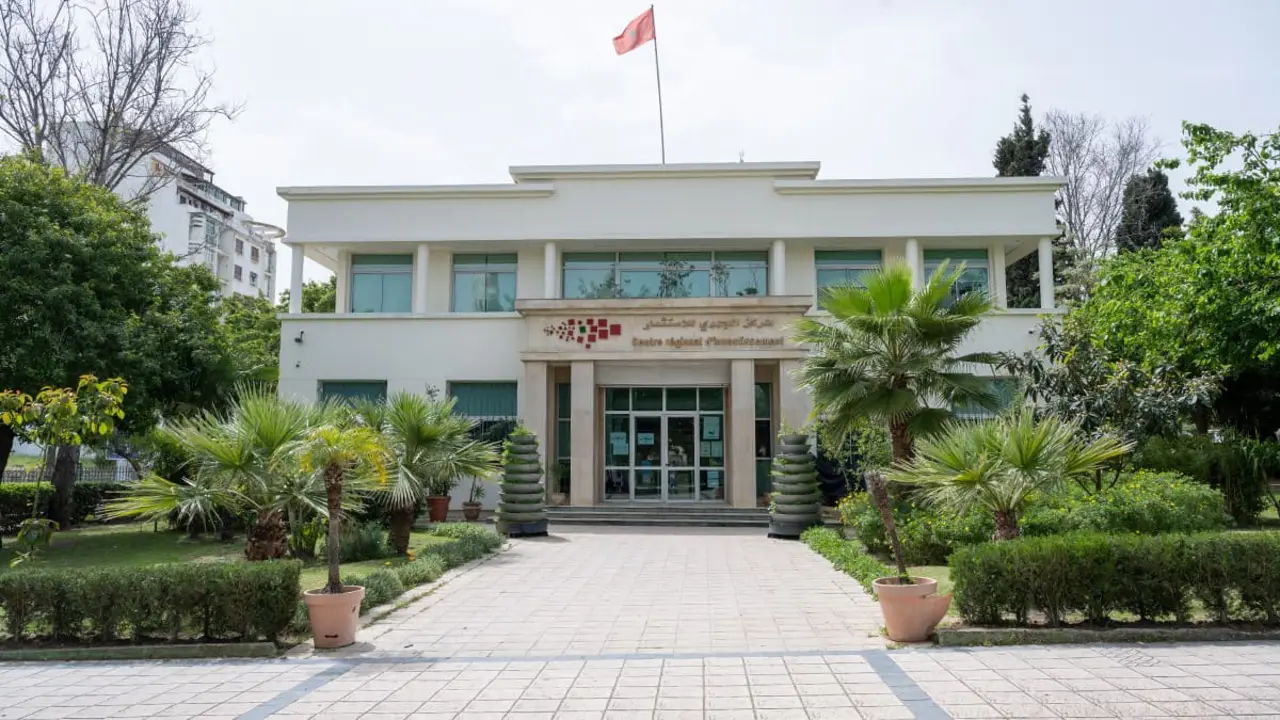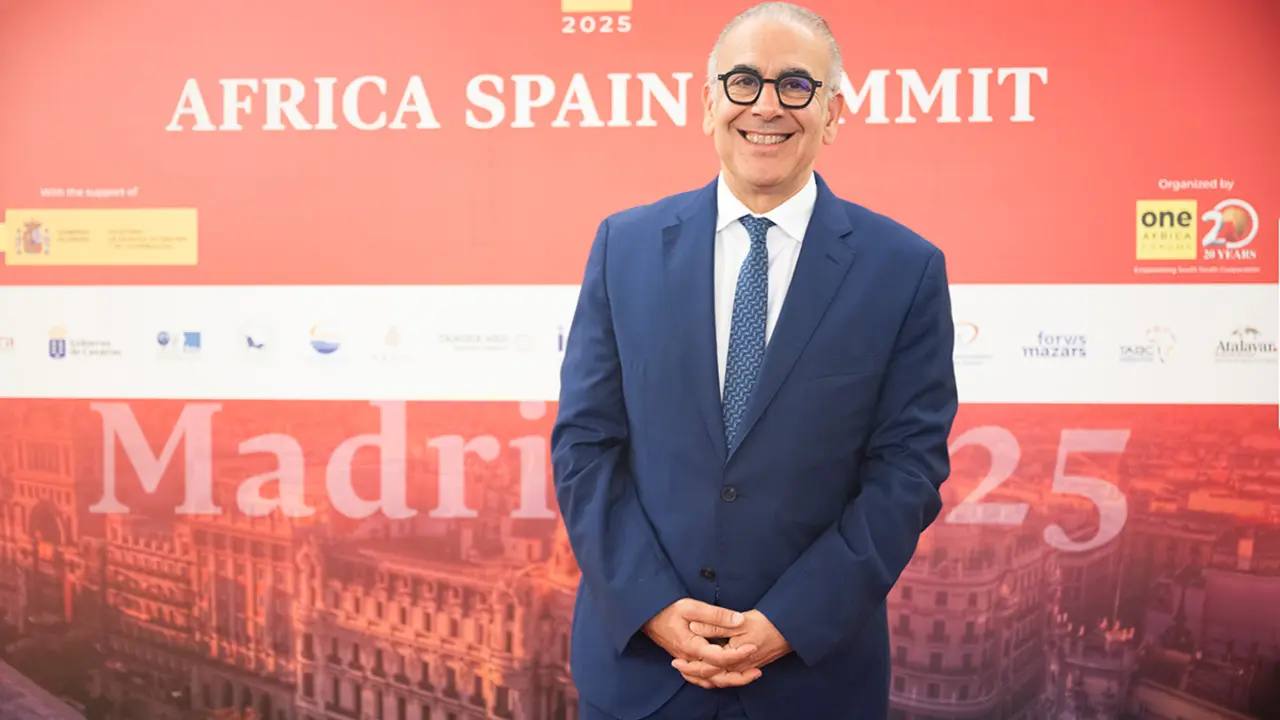Moroccans living abroad sent more than 117.7 billion dirhams in remittances during 2024
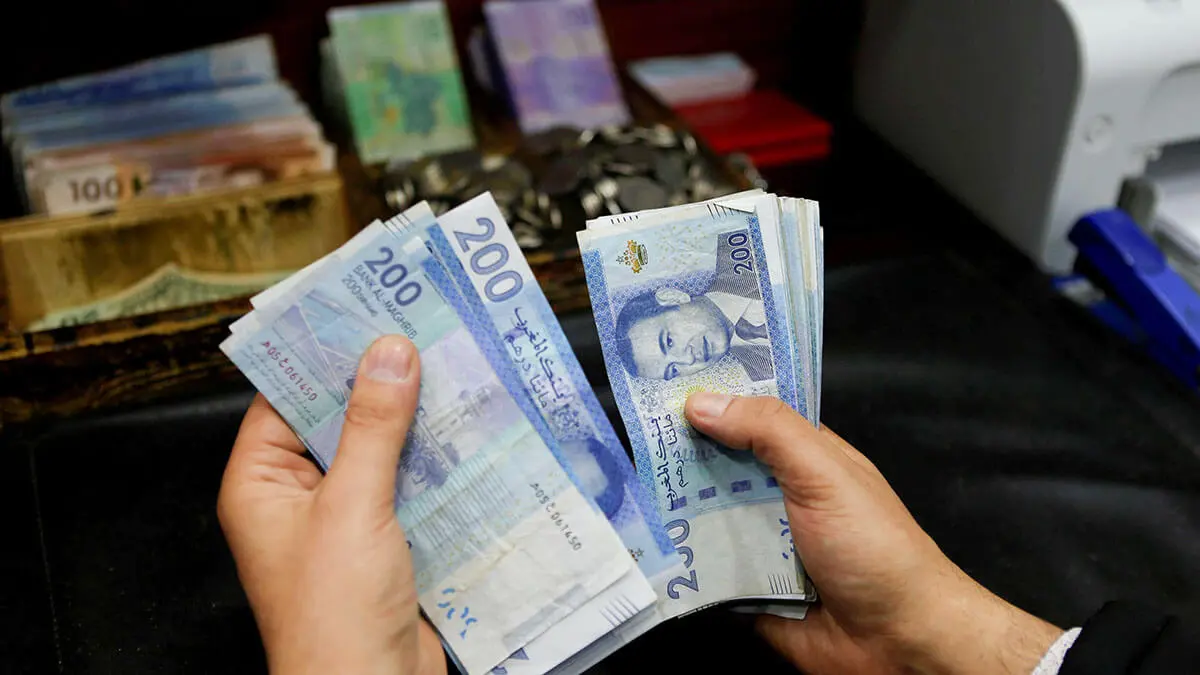
Remittances sent by Moroccans living abroad (MRA) exceeded 117.7 billion dirhams (11.385 billion euros) last year, which represented an increase of 2.1% compared to the 115.26 billion dirhams (11.15 billion euros) registered in 2023, according to data from the Moroccan Foreign Exchange Office.
The figure for remittances sent by residents abroad has more than doubled over the last decade, rising from 57.4 billion dirhams in 2014 to the aforementioned 117.7 billion.
Bank Al-Maghrib, the Central Bank of Morocco, predicts that remittances will grow by 3% year-on-year to reach 121.8 billion dirhams by 2025.

Factors related to the increase in transfers
The economist Mohammed Jadri believes that the increase in remittances is largely due to the family solidarity rooted in the Moroccan community abroad. As a result, the funds sent for this purpose represent the majority of total transfers, which can even reach 70%.
Another factor is related to the wave of inflation that Morocco has experienced in recent years, which has prompted residents abroad to increase their remittances to provide financial support to their families in Morocco. In addition, according to Jadri, the increase in income of those coming from countries such as France and Belgium has served as an incentive to transfer more funds. This is thanks to wage increases and state aid.
A study published by the High Commissioner for Planning (HCP) in December 2022 mentioned the growing number of Moroccans living abroad as a determining factor in determining the regularity and amount, estimating that it now stands at more than 6.5 million people.

It also takes into account the redistribution of migrants to high-income regions, such as North America or the Gulf, together with an increase in their level of education and qualifications.
The HCP also cited other highly influential factors such as age, sex, level of education or host country. In this context, young people tend to send more money and more frequently; the amounts sent by women are significantly higher; and the average amount of transfers increases with the level of education.
Finally, in terms of the host country category, the study highlighted that residents in Arab countries make transfers more frequently, followed by those living in Europe and, lastly, those in North America.
However, in terms of quantity, residents of North America send the most money on average, followed by residents of former European countries of immigration, then those of Arab countries and, finally, those of new European countries of immigration.

